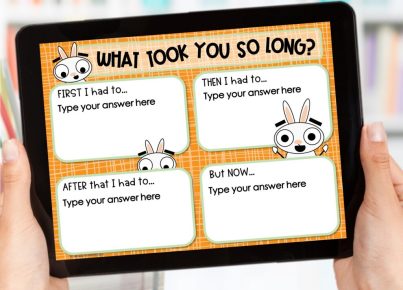Refers to a process whereby e-learning programs are locally fitted to target students in several regions. As e-learning courses are built with the concept of being internationally acceptable, this localization process is very important, especially in terms of language and cultural differences.
Two important aspects of e-learning localization include:
It eliminates cultural dissimilarities: E-learning localization takes cultural nuances into account and aligns the course with the intended audience’s culture. It also eliminates cultural differences in gestures, audio narration, fonts, and symbols. Recognizing cultural nuances helps to prevent misinterpretations, makes the content more relevant and reliable, and elevates the learning experience.
It improves knowledge acquisition and retention: Translation improves knowledge acquisition and retention, but even the most accurate e-learning translation, if not in sync with the student’s culture, will fail to fulfill its objectives. Localization helps to eliminate cultural barriers, enhancing knowledge acquisition and retention.
E-learning professionals need to consider some important things during e-learning localization. These include:
Planning for multilingual content from the beginning: E-learning professionals should keep localization in mind from the very beginning of producing a new course. This will affect how the language is utilized and how the text is structured within different course elements. Although it may be beneficial to some audiences, avoiding idiomatic language will make the process less confusing and more straightforward. However, shorter sentences and simpler language don’t always work, as some courses need culturally-based examples to make everything more relatable and easier to comprehend.
Text expansion and contraction: Translated text ends up either shorter or longer because not all languages are identical. This becomes an issue when text needs to be turned into voiceover or inserted into videos. Text contraction isn’t usually as much of an issue as text expansion can be. When working with languages that expand, e-learning professionals should keep in mind how the translation will look and fit when presented in its final form.
Graphics and other visuals: In the context of localizing graphics and other visual components, some pictures and symbols are universally understood. But sometimes, this may require extra care, so the message is easily understood. Some e-learning resources have interactive assessments that require user interaction with the interface. Such courses have navigation buttons, progress bars, on-hover text boxes, and other pre-programmed visual elements. Each of these may contain translatable texts that e-learning professionals shouldn’t ignore during the translation process. Generally, these snippets of text could be extracted as XML string files that can then be translated and imported back into the course development software.




